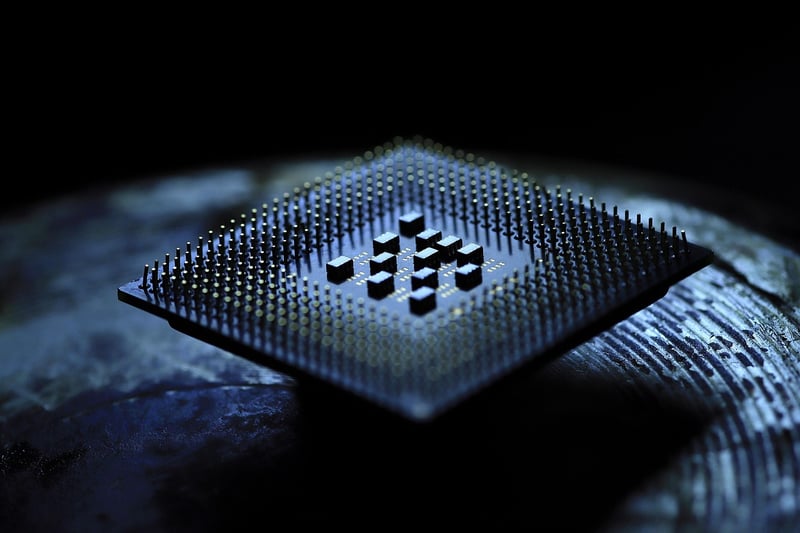Future Technology
Exploring Time-Related Objects and Future Technology
Introduction
Time-related objects have always intrigued humanity, from ancient sundials to modern atomic clocks. In this article, we delve into the fascinating world of timekeeping devices and explore how future technologies are shaping our perception of time.
1. Ancient Timepieces
Our journey begins with ancient timepieces that laid the foundation for modern clocks and watches. One of the earliest timekeeping devices was the sundial, a simple yet effective tool that used the position of the sun's shadow to indicate the time of day.

2. Mechanical Clocks
The invention of mechanical clocks in the Middle Ages revolutionized timekeeping. These intricate devices used gears and springs to measure time accurately, allowing for more precise scheduling of activities and events.

3. Atomic Clocks
Atomic clocks represent the pinnacle of timekeeping accuracy, relying on the vibrations of atoms to measure time to within a fraction of a second. These clocks are crucial for technologies like GPS and telecommunications.

4. Future Technology
The future of timekeeping is intertwined with cutting-edge technologies like quantum clocks and time crystals. These advancements could redefine our understanding of time and enable more precise measurements than ever before.

Conclusion
Time-related objects have evolved significantly over the centuries, from sundials to atomic clocks, shaping how we perceive and measure time. As future technologies continue to advance, the possibilities for accurate timekeeping are endless, opening up new horizons in science and innovation.
